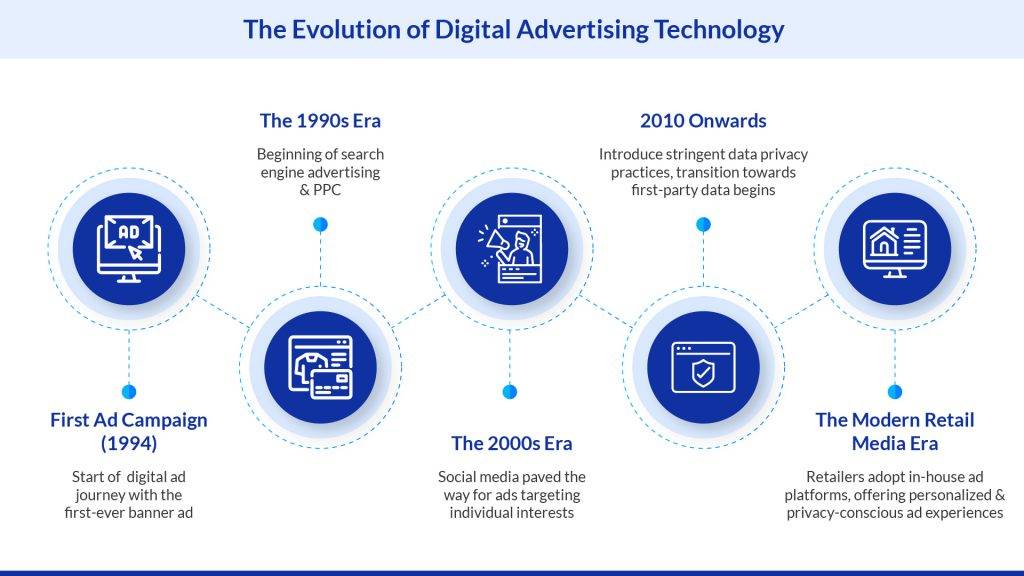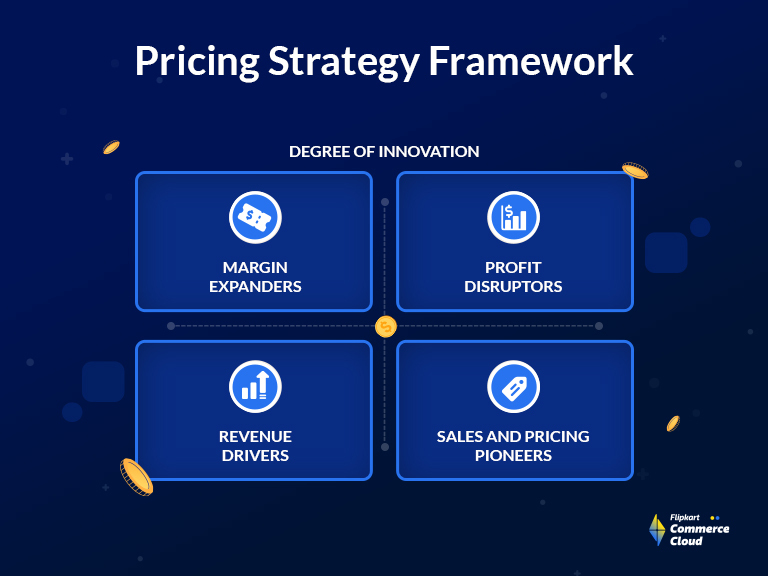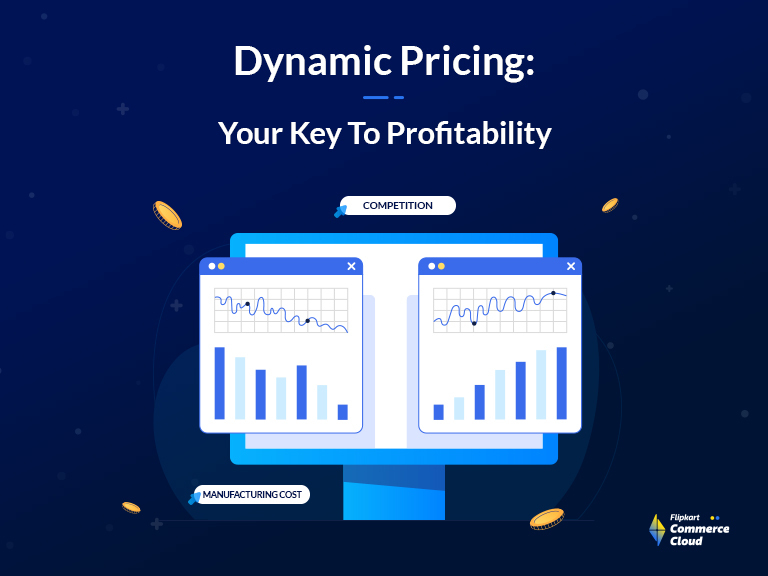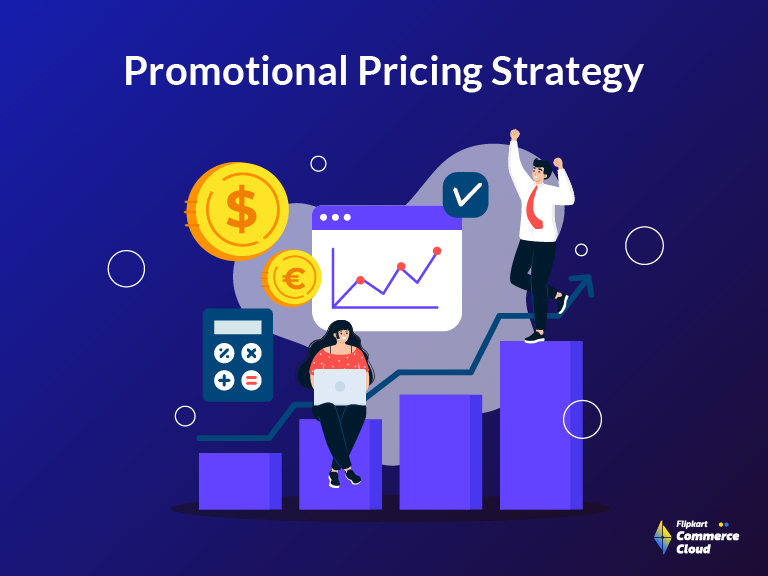Imagine strolling through a marketplace where each storefront transforms before your eyes, displaying precisely what you’ve been searching for—almost as if the marketplace is reading your mind. This isn’t a scene from a futuristic movie; it’s the reality of the retail sector driven by the transformative power of digital advertising.
As this technology evolves, it bridges the gap between imagination and reality. Today, in a shopper’s digital journey, each click, search, and interaction informs a virtual marketplace that adapts in real time, presenting them with choices that feel almost intuitively selected. Digital advertising technology is reshaping retail by leveraging such insights and crafting personalized shopping experiences that not only respond to their actions but also anticipate their needs.
This silent evolution of digital advertising is rewriting the playbook for retail growth. As the reliance on outdated third-party cookies is coming to an end, the new era of retail media platforms is emerging to improve the shopping experience for shoppers. In this blog, let’s explore how modern digital advertising technologies are transforming the retail industry!
Evolution of Digital Advertising Technology
Bore we cover the current retail media landscape, let’s have a look at the past to know how digital advertising technology evolved over the years:
The Birth of Digital Advertising
The birth of digital advertising is marked by AT&T’s pioneering banner ad in 1994, which appeared on HotWired.com. A simple rectangle at the top of the webpage asked, ‘Have you ever clicked your mouse right here? You will,’ and with that, the banner achieved a click-through rate of a staggering 44%, a CTR modern marketers can only dream of. This ad didn’t just capture attention; it invited users into a new world of interactive advertising and transformed the internet into a bustling digital marketplace.
The 1990s: Expansion and Exploration
The ’90s saw the rise of Yahoo! and the origin of Google AdWords, revolutionizing how display ads reached consumers. The era introduced pay-per-click, ensuring that advertisers paid only when users showed interest, making every dollar count and every ad a potential connection. In 1996, Hewlett-Packard ran one of the first keyword ads on Yahoo!, tapping into the power of search relevance. By 2000, Google AdWords allowed businesses to reach their target audience with ads based on their search queries, making advertising more relevant to online inquiries and interests.
The 2000s: Personalization and Precision
With the 2000s came the growth of social networks like Facebook, which harnessed huge volumes of personal data to deliver ads that mirrored user interests. Advanced algorithms started to curate online experiences, serving ads tailored to the browsing habits and preferences of users. Take, for example, the 2007 partnership between Facebook and Microsoft, offering banner ads on Facebook tailored to visitor activities and profile information.
2010 Onward: A Shift to Privacy-Centric Advertising
Post-2010, online advertising pivoted toward greater personalization, with a significant catch—rising privacy concerns and regulations, like the European Union’s GDPR, driving a phase-out of third-party cookies. This shift is underscored by Apple’s App Tracking Transparency and Google’s Privacy Sandbox, ushering in a new era where user consent and data control are paramount. Consequently, e-commerce brands and retailers are moving toward retail media platforms that rely on first-party data, ensuring that they maintain a connection with the consumer, without infringing on their privacy.
The Modern Retail Media Era
In the current landscape, retail media ads are growing in popularity as they offer a seamless blend of targeted advertising and seamless shopping experience. Retail media platforms enable retailers to serve ads where the shopper is already engaged, making the ads more relevant and less intrusive.

After tracing the trajectory of digital ads from their simple beginnings to the highly personalized approach of the 2000s, it’s clear that the landscape is evolving. Today the retail media opportunity is more promising than ever with both large and small retailers taking advantage of digital advertising technology to grow their profits.
The Current Retail Media Opportunity
To better understand how digital advertising works in retail, one must be familiar with three core concepts defining the retail media ecosystem, i.e., retail ads, retail media networks, and retail platforms.
- Retail ads are the messages you encounter on e-commerce sites designed to sway your purchasing decisions.
- Retail networks refer to the digital spaces that retailers create to host these ads, facilitating a bridge between you and the products you seek.
- Retail Platforms are the sophisticated technologies that handle this ecosystem, ensuring that the ads you see are not random but are instead aligned with users interests and behaviors.
An example of this ecosystem at work is Walmart, the global retail giant. Walmart, through its Walmart Connect, offers retailers a chance to place ads directly in front of their target audience on their digital properties. This not only enriches the shopping experience but also drives sales by capturing buyer intent at the peak of its influence.
European retailers are not far behind in adopting the retail ads. By integrating retail media networks into their strategies, they’re able to deliver personalized, contextually relevant ads directly on their platforms, fostering a more seamless shopping experience.
These retail media strategies are proving to be fruitful, with studies suggesting that the retail media market is likely to grow to an estimated $100 billion by 2026, accounting for a 25% share in the digital media spending pie.
Retail media’s success stems from its ability to offer what traditional advertising channels can’t – a closed-loop system where the impact of every ad dollar spent can be measured against actual sales. This closed-loop measurement gives retailers the confidence to invest in retail media technologies.
The retail media ads offers opportunity for retailers to tap into a self-reinforcing cycle of advertising and sales, where every ad placed has the potential not only to generate revenue but also to gather invaluable data, sharpening future ad campaigns. In the next section, let’s discuss more on the advertising technologies that are reshaping the retail sector.
Key Digital Advertising Technologies Reshaping Retail
In the dynamic world of retail, key digital advertising technologies are playing a pivotal role in reshaping the industry. They not only enhance the shopping experience but also empower retailers with deeper insights into consumer behavior. Let’s explore how utilizing first-party data, contextual advertising, and AI and machine learning are transforming the ways retailers connect with their customers.
Leveraging First-Party Data
First-party data has become the gold standard in the digital advertising industry. As retailers move away from third-party cookies, they’re turning to data collected directly from customer interactions on their platforms. This data includes browsing habits, purchase history, and even how users interact with an app or a website. Using this data enables retailers to create a personalized shopping experience, improving customer engagement and driving sales. Retail brands use first-party data to tailor product recommendations and offers, making the shopping experience feel more bespoke and less like a broad-stroke marketing approach.
Personalization with Contextual Advertising
Contextual advertising represents a nuanced approach to personalization. It involves displaying ads based on the content you’re currently viewing rather than your past online behavior. This method aligns with the growing consumer desire for privacy while still delivering relevant advertisements. Retailers are leveraging this strategy to place ads that resonate with the immediate interests of the consumer. Take The New York Times’ cooking section, for example. As you go through different recipes, you are likely to view ads for high-end kitchen gadgets from brands. This is a form of strategic placement powered by contextual advertising, ensuring that the ads customers see are directly linked to the content, thus making them more relevant and likely to increase your interest.
Must Read: Everything you need to know about contextual targeting
AI and Machine Learning in Advertising
AI and machine learning are driving the next generation of digital advertising. The sophisticated algorithms of modern technologies delve into consumer data, identifying hidden patterns that define purchasing behavior. With the help of these insights, machine learning hones the precision of ad delivery, aligning product showcases with the rhythm of consumer interest. This finesse in targeting enriches the shopping experience and boosts the potential for purchases. Leading this charge, retail media platforms like FCC are integrating AI to refine their recommendation systems, curating suggestions that resonate with the distinct preferences of each shopper, and crafting a personal retail narrative.
Must Read: Addressable advertising: Serving the right customers at the right time
How can the FCC Help with retail media ads?
Flipkart Commerce Cloud (FCC) stands tall in the retail media landscape, providing retailers with advanced ad tech and retail media solutions to navigate the digital advertising space efficiently. Backed with 14+ years of retail media experience, FCC’s retail media solution specializes in using first-party data to curate highly targeted and personalized advertising campaigns.
Retailers can utilize FCC’s Ad Manager to place contextually relevant ads, ensuring that products are presented to consumers at the most opportune moments in their shopping journey. The integration of these ads is seamless, designed to enhance the user experience. This is achieved through sophisticated machine learning algorithms that analyze consumer behavior to optimize ad placement for the highest engagement and conversion rates (CR).
FCC redefines the essence of retail media advertising by enabling retailers to get the maximum return from their digital advertising campaign. Through refined data analytics, retailers can pinpoint the precise timing and placement of ads, ensuring that every ad dollar is spent reaching consumers who are most likely to be influenced. This targeted approach amplifies ROI and enhances the scalability of campaigns across diverse consumer segments.
Want to know more about Flipkart Commerce Cloud and how we can help you amplify your retail ads? Book a free demo with our retail experts!
Parting Thoughts
The journey through the evolution of digital advertising technology reveals a landscape where marketing technology and consumer behavior merge to ensure the optimization of the retail industry’s future. Tracing back from the first banner ads to today’s intricate, data-centric networks, it’s evident how these advancements have transformed the retailer-consumer connection.
The retailers who are able to embrace the power of modern digital marketing technology are not just advertising; they’re engaging in a dialogue with consumers, fostering relationships, and building brand loyalty. Ultimately, achieving long term success in the competitive retail landscape.





